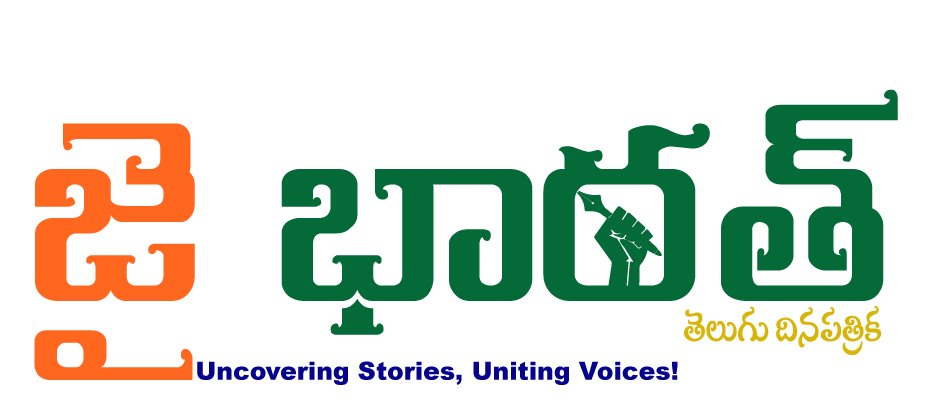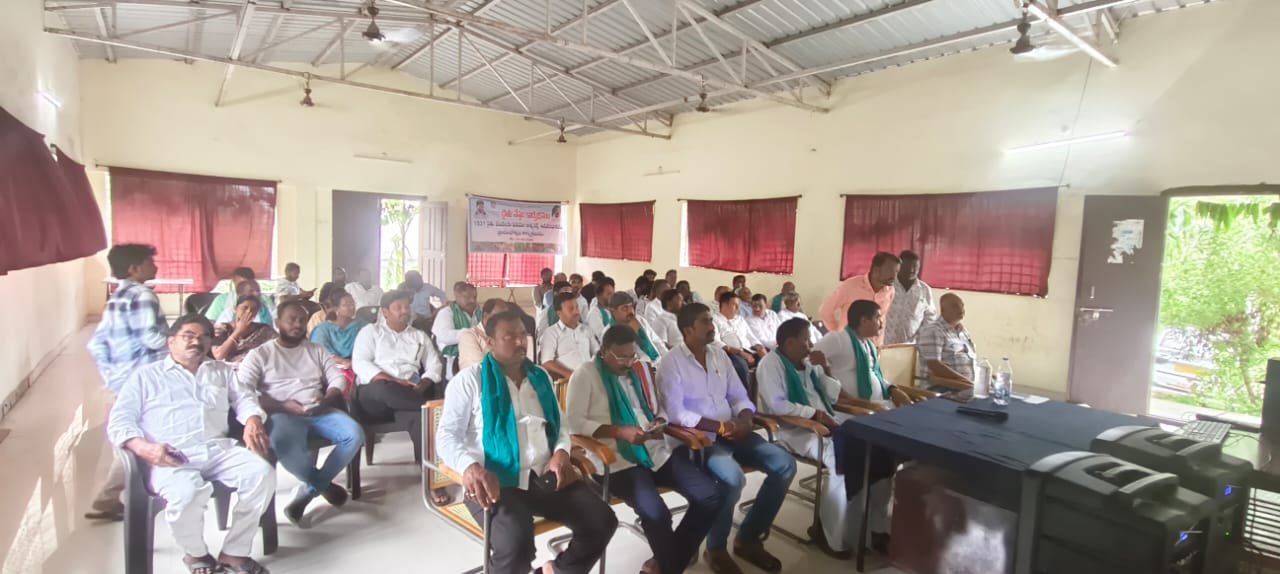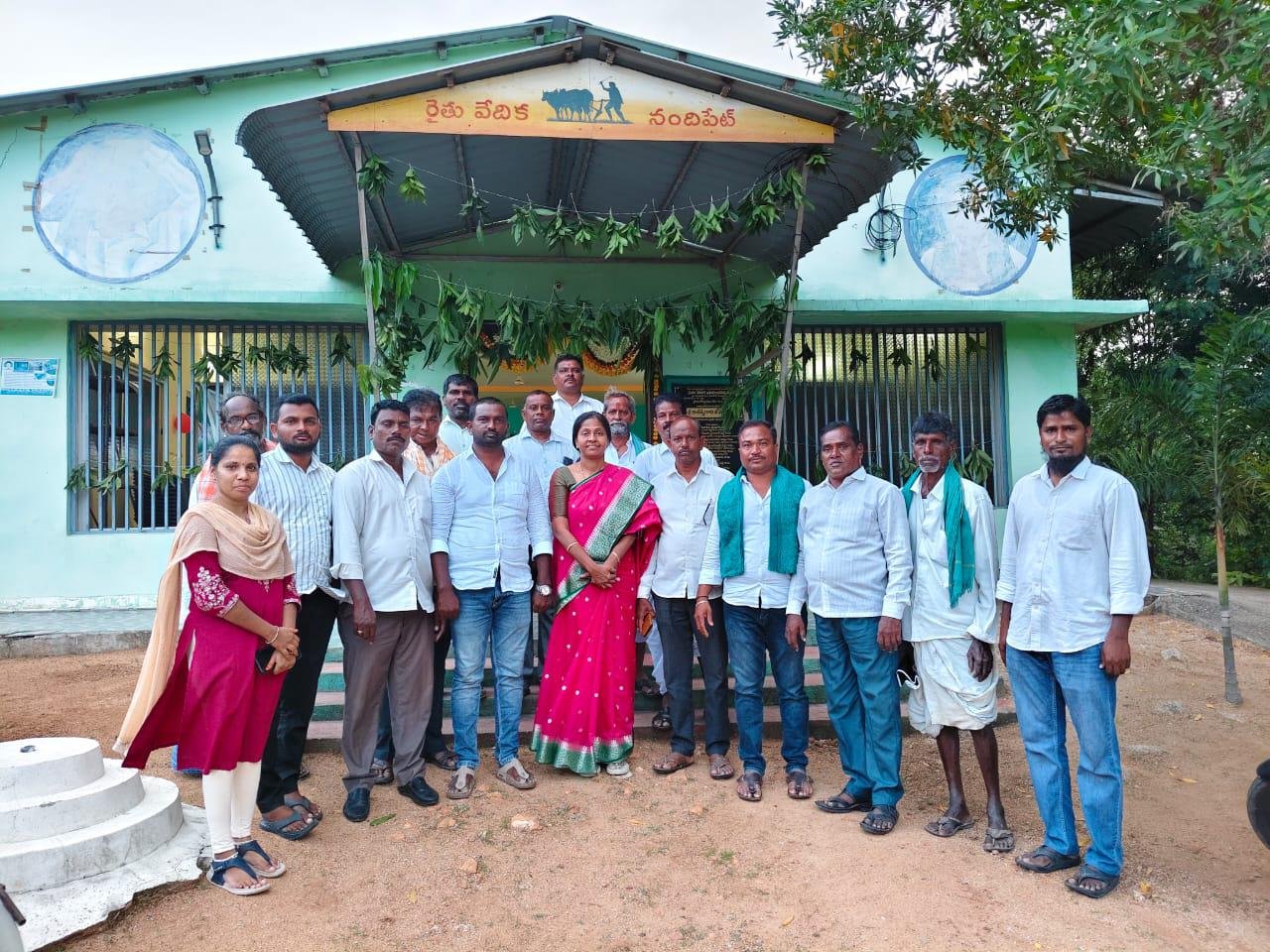The Fundamentals of Storytelling in Community Building
Storytelling serves as a vital instrument in forming cohesive communities, allowing individuals to share their experiences and forge meaningful connections. At its core, storytelling is not just about relaying information; it is about weaving narratives that resonate emotionally with others. This act fosters an understanding of diverse perspectives, encouraging empathy and collaboration among community members. When individuals share their stories, they reveal their identities, fostering an atmosphere that celebrates cultural diversity and inclusiveness.
Emotional engagement is a key component in effective storytelling. A narrative that evokes feelings can linger far longer than mere facts. These emotions create a bridge between the storyteller and the audience, making personal stories relatable and impactful. In community-building efforts, stories that reflect challenges, triumphs, and aspirations of individuals can inspire collective action and solidarity, ultimately driving a stronger sense of belonging within a group.
The cultural context of stories also plays a crucial role in shaping community narratives. Each group has unique traditions and values, which can enrich the storytelling process. By incorporating elements of local culture, such as folklore, idiomatic expressions, or historical landmarks, narratives become more relatable and powerful. Furthermore, amplifying the voices of marginalized community members ensures that diverse experiences contribute to the overarching narrative, creating a more holistic representation of the community.
Successful community-driven storytelling initiatives exemplify the profound impact these narratives can have. For instance, community art projects and oral history collections can weave individual stories into a shared tapestry, illustrating collective identity and experiences. These initiatives underscore the significance of storytelling as a means of empowerment, promoting collaboration and strengthening communal ties. Through the craft of storytelling, communities not only share their past but also create pathways for future connections, thereby enhancing resilience and unity.
Transformative Impact of Collaborative Narratives
Collaborative storytelling has emerged as a powerful tool for social change and innovation in contemporary society. By bringing together diverse voices and experiences, shared narratives have the capacity to reshape perspectives and galvanize collective action. The transformative impact of such narratives is evident in various movements and initiatives that have successfully harnessed storytelling to foster awareness and drive progress.
One notable example is the “Humans of New York” project, which combines photography and personal storytelling to highlight the unique experiences of individuals from different walks of life. This initiative showcases how personal stories can resonate widely, creating empathy and understanding among viewers. As a result, many featured individuals have received support, resources, and activism driven by the shared experiences they narrate. Similarly, campaigns like “It Gets Better” have utilized collaborative storytelling to address issues such as bullying and mental health within the LGBTQ+ community. By sharing authentic experiences, these movements have opened dialogues and encouraged individuals to advocate for social equity.
The influence of collaborative narratives extends beyond isolated examples; they create a ripple effect in broader societal contexts. By fostering a sense of unity, individuals feel empowered to contribute their own stories within a collective framework, amplifying their voice in larger movements. Engaging in this process not only validates personal experiences but also emphasizes the importance of diversity in storytelling. When individuals realize the potential of their own narratives, they become active participants in driving change, promoting inclusion, and creating solidarity within communities.
In addition, the intersection of technology and storytelling further enhances the ability to share narratives across various platforms, enabling a wider audience to participate in social movements. Social media serves as an essential tool for disseminating these shared narratives, facilitating real-time engagement and mobilization. Thus, collaborative storytelling stands out as an essential mechanism for fostering collective action, inspiring innovation, and ultimately driving social transformation.









